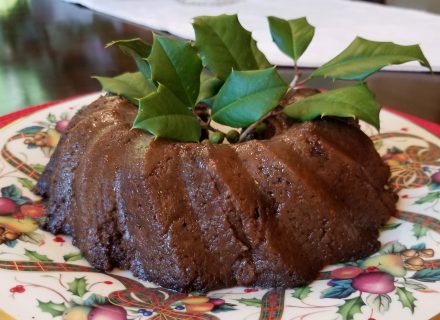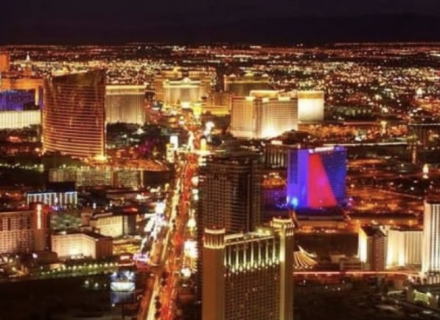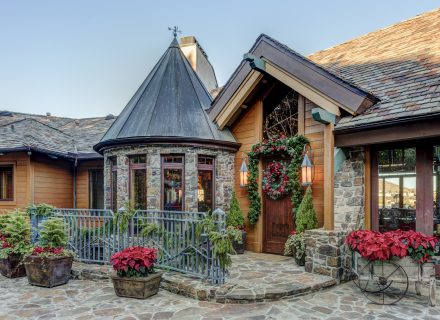We look back at the 1969 film featuring a dream team of antiheroes.
Editor's Note: Throughout the month of October, C&I is celebrating the golden westerns of 1969, a year that changed the game for the beloved film genre. Check the Entertainment tab each day to see a different film recommendation by C&I senior writer Joe Leydon. And be on the lookout for the upcoming November/December 2019 print edition, which prominently features one of the 25 greatest films of 1969 on its cover.
The sentimentality of some scenes veers close to self-parody. And the aggressively robust camaraderie of the outlaw antiheroes — a dream team that includes William Holden, Ernest Borgnine, Ben Johnson, Warren Oates, Edmond O’Brien, and Jaime Sánchez — often recalls friendships romanticized in beer commercials.
But never mind: Despite all of that, and perhaps because of some of it, Sam Peckinpah’s The Wild Bunch is one of the most affecting American movies ever made about men who remain loyal to a private code of honor, and to each other, even as they engage in the most reprehensible criminal acts. At the same time, however, The Wild Bunch is the western that forever shattered any remaining illusions we might still have had about the genre in 1969. After it blazed into theaters, no one, not even John Wayne, could ever again get away with lulling us into accepting the convention of a simple, bloodless conflict between white hats and black hats. For better or worse, Peckinpah almost single-handedly ended our Saturday matinee-informed innocence.
The story, co-written by Peckinpah and Walon Green, is set in 1913. The place is South Texas, and the days are growing short for the middle-aged outlaws who ride with Pike Bishop (Holden). All these wild boys want is one last big score so they can retire. But when they try to rob a railway payroll in the film’s horrifyingly brilliant opening sequence, they nearly are killed by a motley posse of bounty hunters led by Deke Thornton (Robert Ryan), Pike’s morally torn former ally. The shootout takes place on a crowded street, with various innocent bystanders caught in the middle. Neither gang appears to care about the women and children who get in the way of their bullets. The only thing that makes Pike and his crew seem marginally more honorable than the bounty hunters is, hey, they didn’t fire first.
The Wild Bunch is even more violent during its legendary final shootout, as Pike’s group takes on a rogue platoon of the Mexican army, boldly marching into certain death in a final gesture of loyalty to a fallen comrade. Peckinpah claimed in interviews 50 years ago that he presented so much carnage, in such great detail, in order to sicken the audience on the whole idea of violence. And maybe he was sincere in what he said. On the other hand, as critic Stanley Kauffmann noted in his 1969 review, the images speak louder than Peckinpah’s rationalizations. Peckinpah, Kauffmann wrote, “is not an oblique puritan, he is a talented maniac who loves his bloody work. And his work is significant.”

















